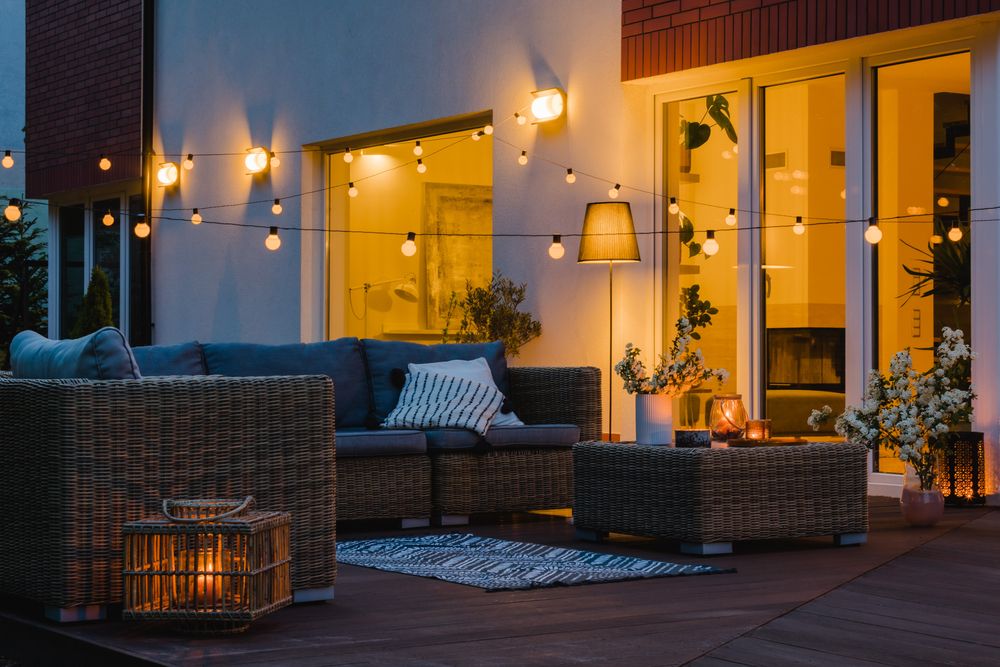Skincare shelves, online stores, and social media feeds are overflowing with options—and many of them come with hefty price tags. But you don’t need to spend a fortune to get products that genuinely benefit your skin. The secret lies in choosing items that match your skin type and needs, buying smart, and sticking to what works. With focus and know-how, you can build an effective, budget-friendly routine.
1. Start by Identifying Your Skin Type
Before you buy any product, understand what your skin is like. Are you oily? Dry? Combination? Sensitive? Each type has specific needs. According to dermatology experts, knowing your skin type is “the best place to start when you’re considering building a skincare routine.”
For instance:
-
Dry skin often feels tight, may look flaky or dull.
-
Oily skin shows shine and larger pores, especially in the T-zone.
-
Combination skin is oily in some areas (like forehead/nose) and dry in others.
-
Sensitive skin reacts easily—redness, stinging, irritation.
Once you know your type, you’ll be able to skip products that are mismatched (which can cost you money and cause frustration).
2. Define Your Real Skin Concerns
Next, ask: what do I want to address? Is it dryness, enlarged pores, acne, uneven tone, aging? Experts say you should know your needs (“What are my skin’s needs?”) as well as your type.
For example: if you have oily skin but also visible dark spots, you’ll want products that handle oil control and pigmentation—rather than purely hydrating ones meant for dry skin. Buying for the wrong concern leads to wasted money.
3. Build a Solid, Basic Routine First
Affordable skincare isn’t about ten steps—it’s about the right steps. Many guides say a simple routine with cleanser, moisturizer and sunscreen (for daytime) is foundational for all skin types.
For example:
-
Cleanser: Choose one suited for your type (gel/foam for oily, cream for dry)
-
Moisturizer: Lightweight for oily, richer for dry.
-
Sunscreen: Non-negotiable for every skin type.
Once the basics are working, you can add one targeted product (like a serum) for your concern.
4. Choose Affordable, Well-Matched Products
Here’s where you start hunting for value. The brand name or high price doesn’t always mean better. The American Academy of Dermatology warns that “the most expensive products are not always the right products for certain skin types.”
Look for:
-
Products labeled for your skin type.
-
Key active ingredients known for the target concern (e.g., salicylic acid for oily/acne skin, hyaluronic acid for dry skin).
-
Minimal gimmicks—if a product has features you won’t use, skip them.
-
Reliable, affordable brands and options.
Here are some good value product picks: -
Cetaphil Gentle Skin Cleanser: A staple, gentle cleanser suited to many skin types.
-
The Ordinary Niacinamide 10% + Zinc 1%: Targeted at oily/acne-prone skin, good active ingredients at lower cost.
-
Celeteque Hydration Cleanse & Moisturize Kit: A budget-friendly starter set.
-
Human Nature Nourishing Toner: A very affordable option to add for hydration or balancing your skin.
-
SKIN1004 Madagascar Centella Travel Kit: A compact set for sensitive/irritated skin, helpful if you want to test before committing.
When you pick products like these, you can spend less and still get real results.
5. Compare Price, Ingredients & Size
When shopping:
-
Compare unit price (e.g., cost per ml or per oz), not just the sticker price.
-
Check the ingredient list: are the active ingredients in an effective percentage? Are there unnecessary extras (fragrance, large lists of fillers) that may be less useful or even irritating?
-
Consider size and longevity: A cheaper small bottle isn’t always better if you’ll need to buy more often.
-
Use price-tracking tools, sale alerts, and be willing to wait for deals—especially for reliable brands.
6. Patch-Test and Introduce Gradually
Affordable skincare still needs to work for your skin. Sensitive or changing skin types (especially if you have sensitive skin) benefit from patch testing—a small amount on your forearm for 24-48 hours.
Introduce new product one at a time, and give it 4-6 weeks to assess improvement. Experts advise that results don’t always show immediately.
7. Reassess Annually (and When Seasons Change)
Your skin type or concerns may shift—due to age, hormones, climate, lifestyle. For instance, what worked in summer may need adjusting in winter. Cleveland Clinic notes that “skin type can change … over the course of your life.”
So each year:
-
Re-identify your skin type and condition.
-
Check which products still serve you.
-
Replace or retire items that no longer match your skin’s needs.
8. Avoid Over-Buying & Trend-Chasing
Budget-friendly skincare works best when you’re focused, not distracted by every new trend. Dermatologists emphasize research and matching to skin type—“Don’t buy products without doing research… The most expensive products are not always the right products for certain skin types.”
Avoid:
-
Buying every “new ingredient” just because it’s trending.
-
Owning dozens of partial-used products collecting dust.
-
Buying full routines before you’ve tested core basics.
The goal is consistent use of a few good products, rather than lots of extras.
9. Watch for Deals, Kits & Loyalty Programs
Affordable doesn’t mean no value—look for:
-
Starter kits (cleanser + moisturizer + toner) at a discount.
-
Loyalty or membership rewards (points, discounts, samples).
-
Outlet or pharmacy versions of trusted brands.
-
Clearance of older product lines when newer packaging arrives.
By stacking a smart deal on a product that fits your skin type, you enhance value dramatically.
10. Consider Professional Help When Needed
If you have specific conditions (severe acne, rosacea, eczema), affordable OTC products may not suffice—consulting a dermatologist might save you money long-term by avoiding repeated trial & error purchases.
Finding skincare that’s both affordable and effective for your skin type isn’t a contradiction—it’s a strategy. By first understanding your type, identifying your true concerns, choosing the right basics, and buying smart, you’ll build a routine that delivers real results without overspending.
Remember: it’s not about the most expensive bottle on the shelf—it’s about the right bottle for you. Use what fits your skin, budget, and life—and your skin will thank you.





